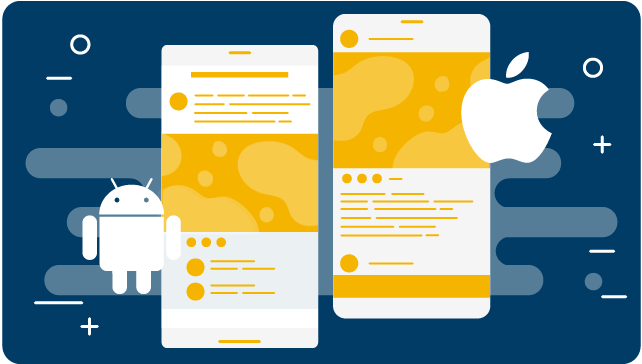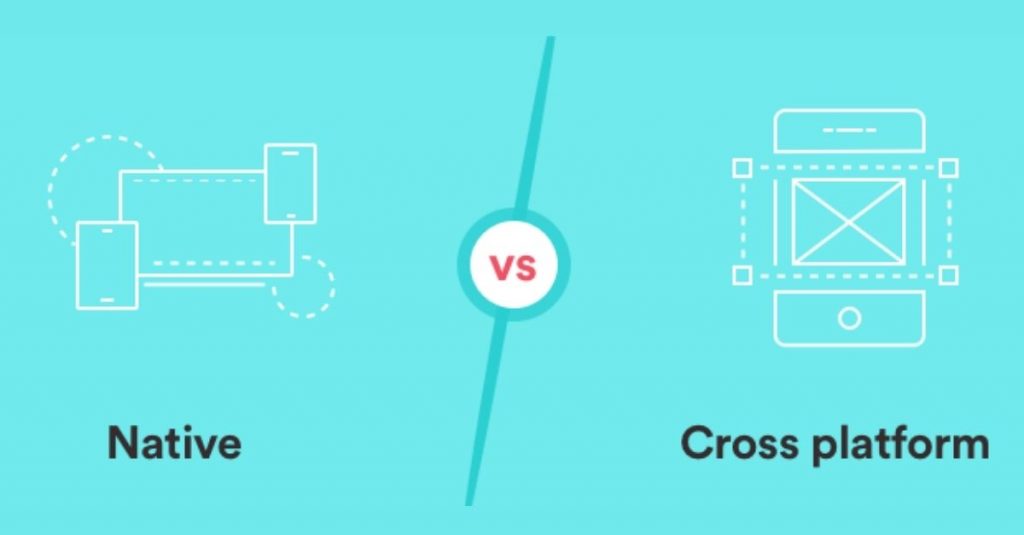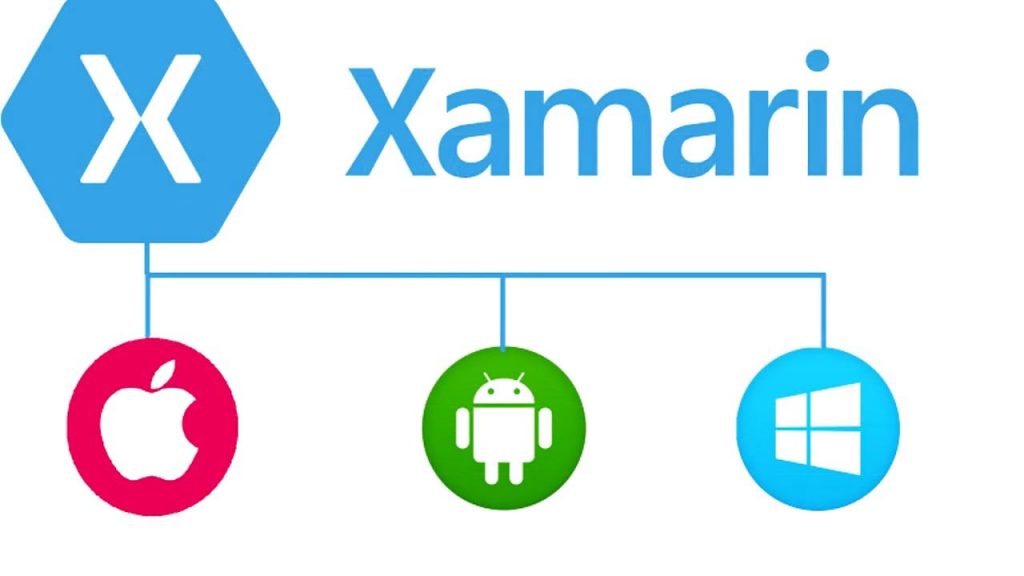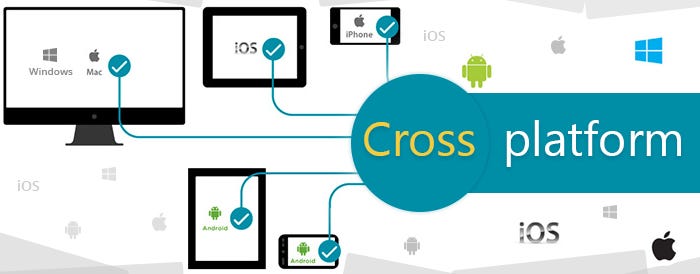Based on a Lightning Talk by: Nader Khraizat, Mobile Engineering Manager @ InRhythm on August 31st, 2023
Overview

In today’s dynamic digital landscape, building scalable and performant iOS applications has become essential to meet the ever-increasing demands of users. As user bases expand and features evolve, adopting a scalable architecture is crucial to ensure your app’s responsiveness, maintainability, and future growth.
In Nader Khraizat’s Lightning Talk session, we will delve into the world of scalable iOS architecture, exploring key principles, design patterns, and strategies that empower developers to create applications that can gracefully handle increased loads and complexities:
- Overview
- Challenges Of Scalability In iOS Applications
- Scalable iOS Architecture Principles
- Designs Patterns For Scalable iOS Applications
- Scaling With Modular Architecture
- Closing Thoughts
Challenges Of Scalability In iOS Applications

Scalability refers to an application’s ability to handle growth in users, data, and features without compromising performance. In iOS development, scalability challenges arise due to factors like:
- User Base Growth: As your user base increases, the app’s server interactions, data processing, and network communications must scale seamlessly to prevent slowdowns or crashes
- Feature Expansion: Adding new features can lead to increased code complexity. Without a scalable architecture, maintaining and extending the app becomes challenging and error-prone
- Performance Optimization: Ensuring consistent and smooth performance across different devices, screen sizes, and network conditions is essential to delivering a positive user experience
Scalable iOS Architecture Principles

- Modularity and Separation of Concerns: Divide your codebase into modular independent components, each responsible for a specific feature or functionality. This ensures that changes in one module don’t impact others, making the codebase more maintainable
- Dependency Injection: Use dependency injection to decouple components and make them more testable. This allows you to replace dependencies with mock objects during testing and scale individual components without affecting the entire system
- MVC and Beyond: While the Model-View-Controller (MVC) pattern is foundational, consider adopting advanced patterns like MVVM (Model-View-ViewModel) or VIPER (View-Interactor-Presenter-Entity-Router) for better separation of concerns and improved scalability
- Asynchronous Programming: Utilize Grand Central Dispatch (GCD), Operation Queues, Combine, and Async / Await to manage concurrent tasks and keep your app responsive, especially when dealing with network requests and data processing
- Caching and Data Management: Implement efficient caching mechanisms to minimize redundant network requests and enhance user experience. Use CoreData or Realm for local data storage and management
Design Patterns For Scalable iOS Applications
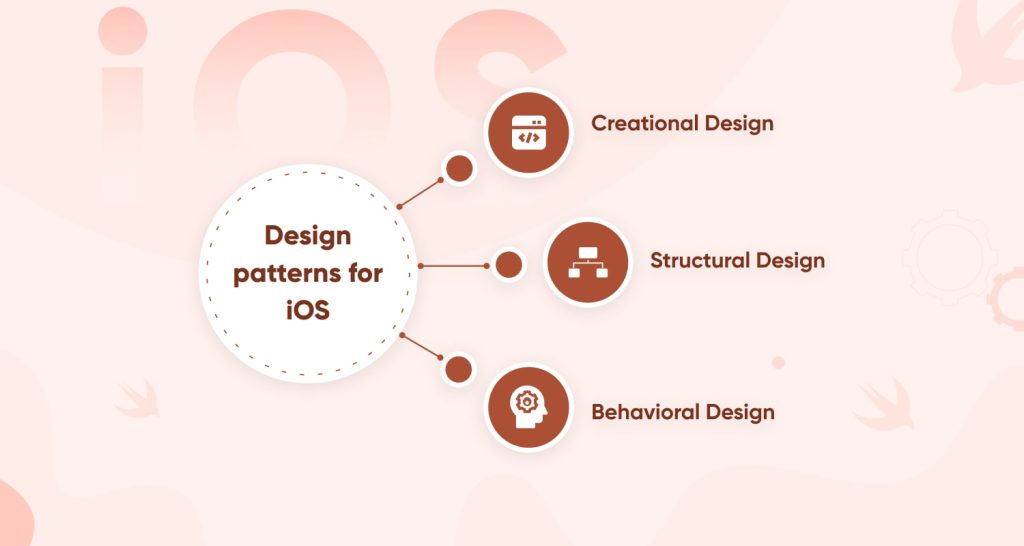
- Singleton Pattern: Use the Singleton pattern to manage shared resources like network managers, database connections, or analytics trackers. This ensures a single instance is used throughout the app, enhancing resource management
- Facade Pattern: Implement a facade that encapsulates complex subsystems, providing a simplified interface to the rest of the app. This improves maintainability and isolates changes to the subsystems
- Adapter Pattern: When integrating third-party libraries or APIs, employ the Adapter pattern to create a consistent interface between your app and external services, making future replacements or updates smoother
Scaling With Modular Architecture
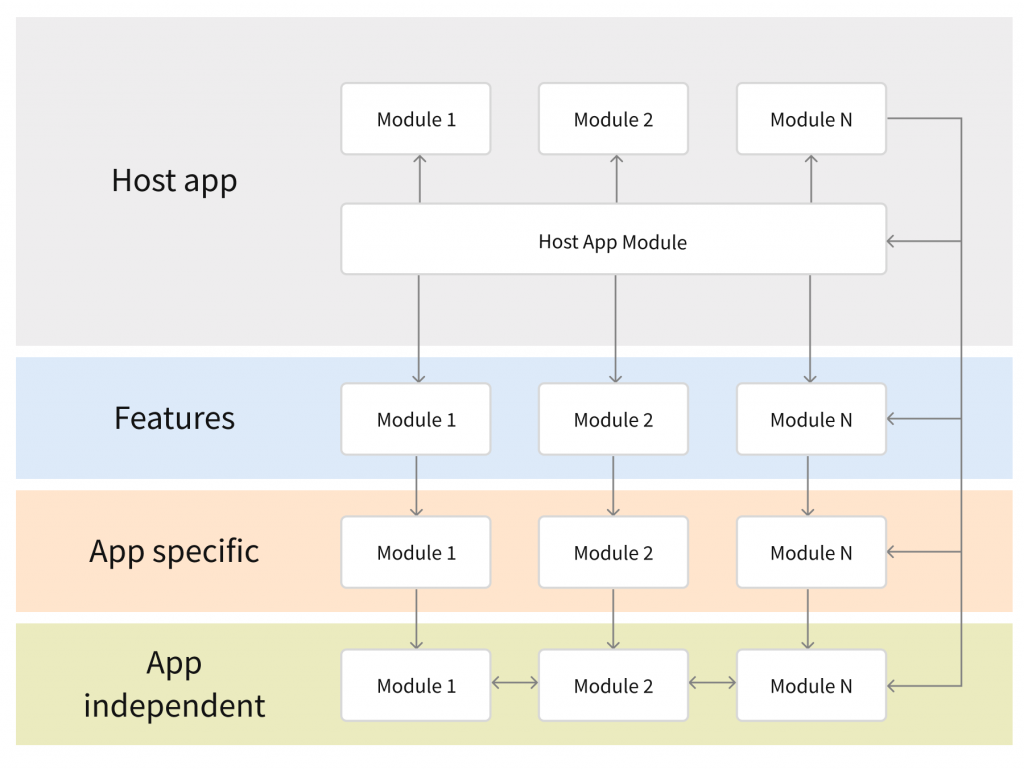
As apps grow, adopting modular architecture can provide a scalable solution. Modularization involves breaking down the application into smaller, independently deployable services that communicate via APIs. This approach allows different services to be developed, scaled, and maintained separately, enhancing flexibility and scalability.
Closing Thoughts

Building a scalable iOS application requires careful consideration of architecture, design patterns, and development practices. By prioritizing modularity, asynchronous programming, and effective use of design patterns, developers can create applications that accommodate growth and evolving user needs. As the app landscape continues to evolve, the importance of scalability becomes even more crucial, ensuring that your iOS application can adapt, perform, and thrive in a rapidly changing digital world.


